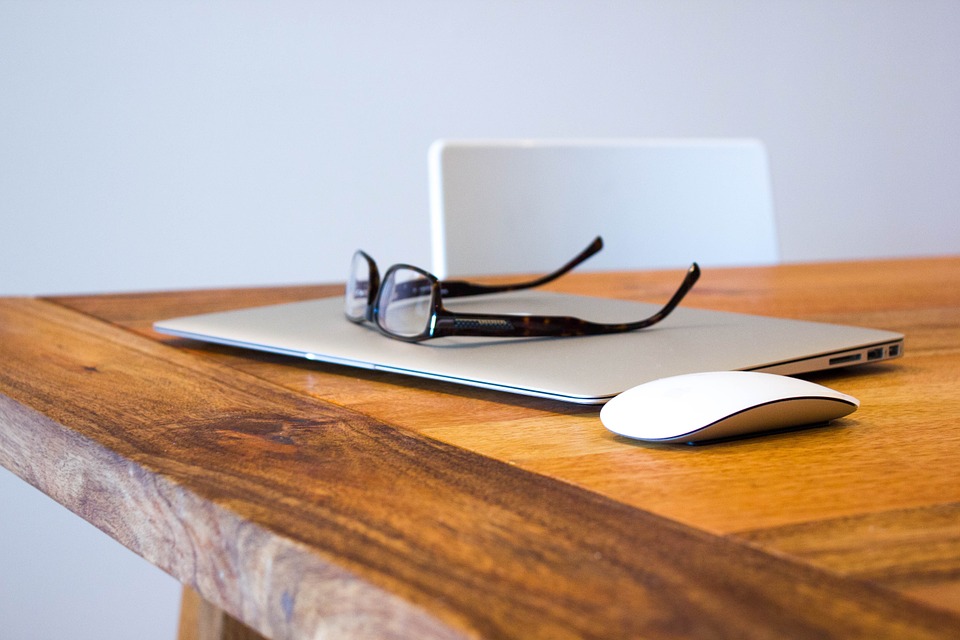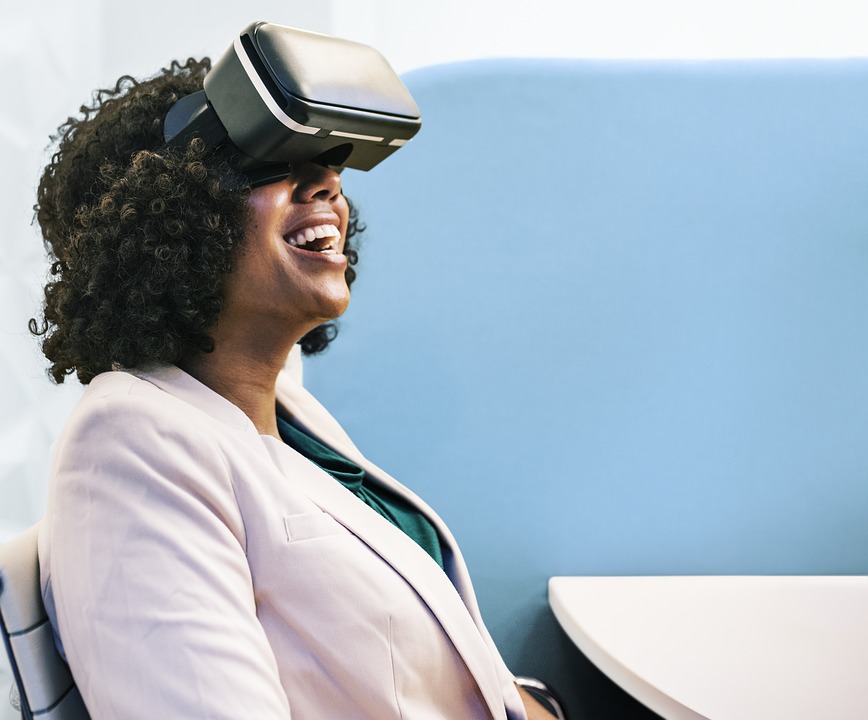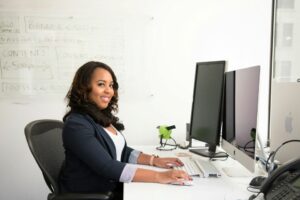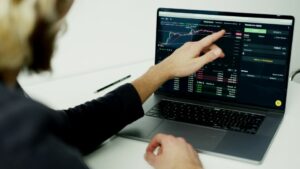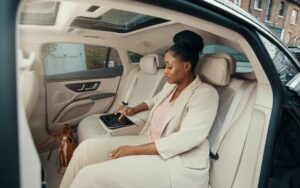As all good project managers and fit-out experts know, each refit project is entirely different from the next. Even if you’ve been asked to plan the interior of two offices with the exact same amount of space, variables such as budgets, business types and client requests mean that you’ll finish with two entirely different spaces.
However, there are some upcoming trends that are shaping up to be essentials for all offices. Our changing work environment means that employees are gravitating towards spaces that offer more choice, autonomy and independence.
Ignoring these trends could lead to a loss of employees, disappointed clients and even additional future costs.
From virtual reality meeting rooms to office pods, DBI Furniture Solutions have put together the office design trends of the future that all refit experts need to take notice of now.
Smart offices
We’ve got smartphones, smart homes and smart cars are on their way – so get prepared for the office to follow.
Office furniture is set to become smarter, which can be seen in the growing popularity of the sit/stand desk. The act of alternating between sitting and standing throughout the day has been proven to help workers remain more alert and productive, and the sit/stand experience can now be made even smarter with the use of apps to send you alerts when you’ve been standing or sitting too long.
Privacy and comfort
The office of the future is going to enhance people’s working lives in more innovative and surprising ways. This means the creation of studios, social spaces and facilities that encourage productivity and creativity.
Business leaders will begin to take notice of statistics that show best business practice, examples include staff being more creative at certain times of day and environmental stimuli amplifying collaboration and office spaces will begin to reflect this.
Workplaces of the future will be created with different environments to reflect the different phases of work – such as quiet, insulated areas for individual work the requires concentration, and bright, open areas away from traditional desks for collaborative work. Office pods will become a key feature in most offices that choose the open-plan style, allowing for privacy and collaboration to happen simultaneously.
With the rise of remote working, for the office model to survive it needs to adapt to suit the changing needs of employees, and should capitalise on something remote working misses – collaboration.
VR and VA
As we’ve mentioned, new technologies will no doubt be a big part of the offices of the future, and business leaders need to keep up with their younger employees who’ve been immersed in tech since childhood. In fact, 73% of Gen Z shoppers currently use voice-activated (VA) ordering and are the most enthusiastic generation about the potential of virtual reality (VR).
Thanks to their growing popularity among the younger generation, virtual assistants like Siri and Alexa will soon be making their way into the workplace, allowing staff to book meeting rooms, order office supplies and coordinate video conferences with ease.
Telepresence robots are also on their way to becoming a common addition to offices. These are devices that allow you to see and hear things through a bot without physically needing to be in the office. They use cameras, screens, speakers and microphones, so people can have more opportunity to work remotely yet still have their presence felt in the office.
We are also, perhaps, not too far away from Virtual Reality offices. Although still currently just a concept, VR consultants are looking into ways to develop virtual offices, removing the physical office altogether.
Although some people are pushing for this technology, it’s not without its drawbacks. For example, team bonding is difficult in VR offices, which could lead to collaboration issues, and lack of a “base camp” may deter clients who prefer a traditional face-to-face experience.
Emphasis on wellbeing
The biggest word on business leaders lips at the moment is “wellbeing”, and that’s soon going to leak into office life. As the conversation behind mental health develops and evolves, employers and business leaders must take notice of this changing trend.
Some industry experts have predicted a rise in integrated services like childcare facilities, hairdressers, subsidised restaurants and gyms. Others think it may become commonplace to see restrictions on the amount of time people spend on their computers – meaning workplaces become multi-faceted places, where working and relaxing are intertwined.
We’ve all noticed the growing trend of “green” design, and thanks to the proven positive effects on employee wellbeing, this is a trend set to continue. Andy Baxter, interior expert and MD of Internet Gardner, believes that this trend is set to evolve even further, with biophilic design influencing how we design offices of the future. He said: “Businesses are realising the vast benefits nature can have on productivity and wellbeing, as well as showing off their eco-friendly side to potential clients, employees and guests.
“Studies every year prove that having plants and greenery in a work setting, whether full office or home desk, improves productivity in people whatever they’re working on. We can see this development being incorporated much more in the next decade”.
Encouraging innovation
With the rise of automated technology meaning more emphasis will be put on the jobs computers can’t do, office space will begin to value innovation, creativity and emotional intelligence more so than ever before. This is set to be reflected in the ways offices are designed.
Office planners need to understand that the creative process is going to grow and evolve, and research ways to help aid this process. Technology has disrupted the creative process, and many experts are predicting a move-away from data-driven plans and a push for creativity and innovation. This means studio space and multimedia rooms with multi-channel access.
Nick Pollitt, from office furniture suppliers DBI Furniture Solutions, said: “Refit companies and project managers need to look at what’s being developed now and ensure they make room for upcoming new trends and technologies in their plans. A push for creative spaces and an emphasis on wellbeing means that upmarket brands and avant-garde designs will see a resurgence when it comes to furniture.
“Office pods should also be a key investment, helping to simultaneously increase privacy and aid collaboration for all industries, and sit/stand desks may become standard in all workspaces. It’s an exciting time, where we can see real change leading to happier, more creative and more productive staff.”


